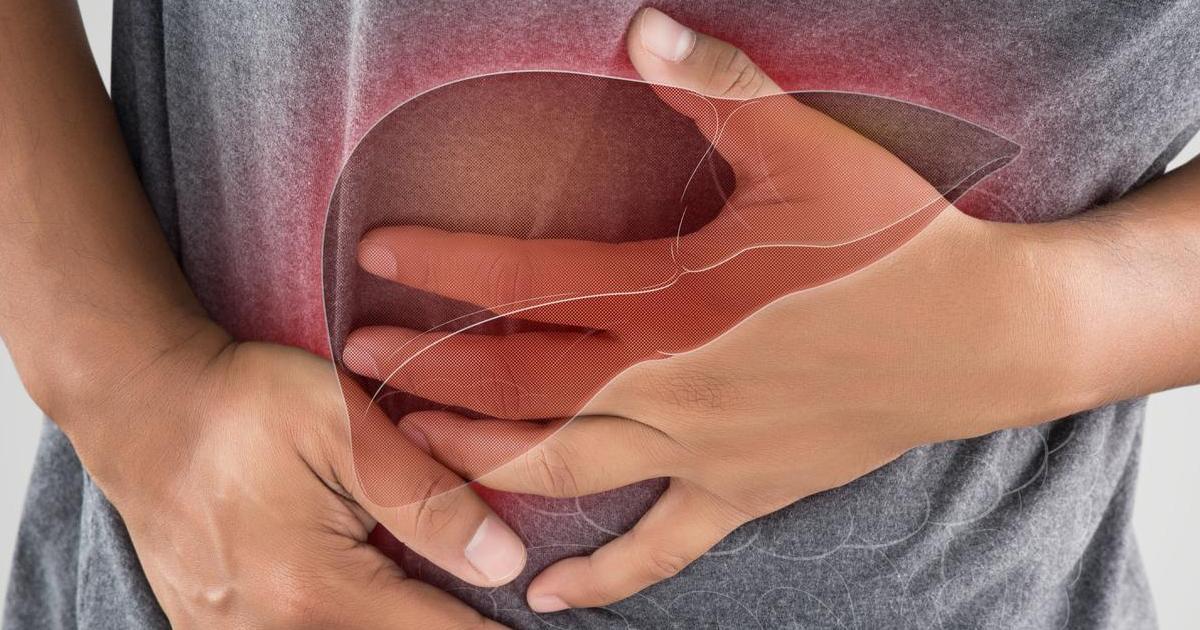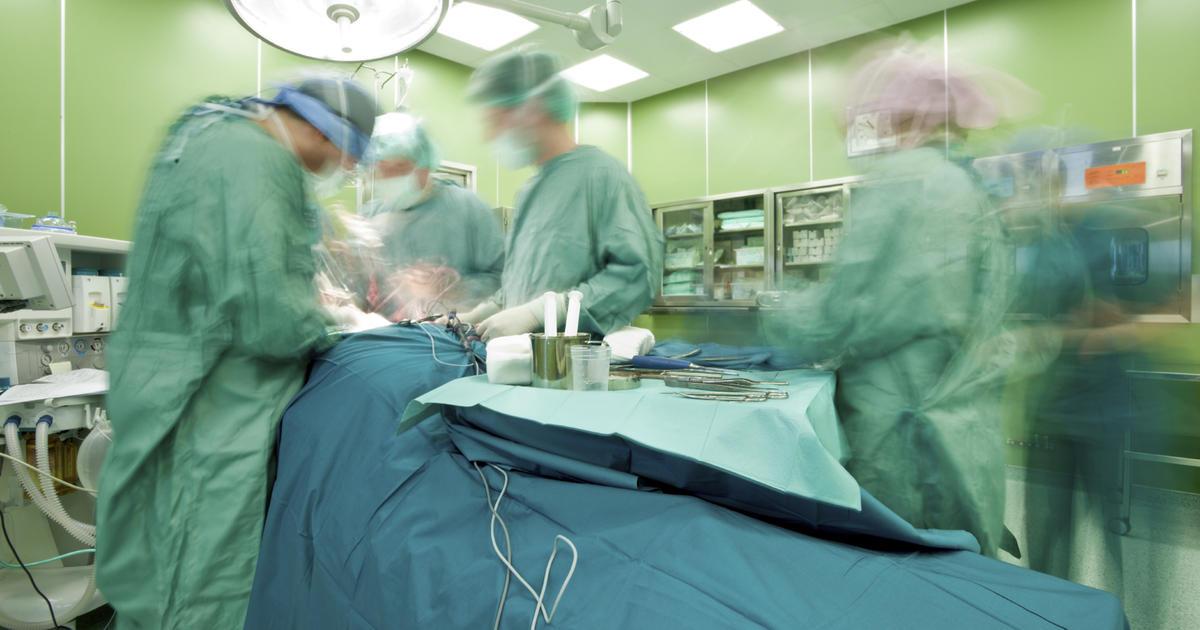What Causes Osteomalacia?
Osteomalacia is a condition described as the weakening of the bones and typically develops as a result of vitamin D deficiency, but may be caused by a lack of calcium and phosphorus. Some cases involve the presence of a tumor in the body. In addition, osteomalacia can happen due to several disorders that prevent absorption of vitamin D in the body.
Symptoms of osteomalacia may include bone tenderness in areas of the spine, ribs, legs, pelvis, and shoulders. Furthermore, victims can experience weakness in the muscles as well as difficulty walking. Other effects of osteomalacia are an arrhythmia, muscle spasms, and numbness of the mouth or arms. Senior patients who are housebound have a high chance of developing the condition.
Get to know the various causes of osteomalacia now.
Celiac Disease

Patients with celiac disease can experience long-term effects from consuming gluten, found in grains such as wheat, rye, and barley. The gluten triggers an abnormal immune response from the immune system, which functions to protect the body from toxic substances. These can include substances that are typically harmless but recognized as harmful.
In celiac disease, the immune system damages the intestinal villi, located along the lining of the small intestine. The villi feature a surface area for absorbing vitamins and minerals. Damage to the villi effects its ability to take in the nutrients like vitamin D and calcium. If you are diagnosed with celiac disease, avoid foods containing gluten ingredients and nonfood sources that include gluten.
Continue reading to learn about more causes of osteomalacia.
Vitamin D And Calcium Deficiency

Osteomalacia is most likely to happen due to vitamin D and calcium deficiency. Vitamin D is extremely vital for keeping your bones strong and healthy. Not having enough vitamin D will cause bones to soften and become easy to break. Besides that, low vitamin D affects the absorption of calcium. The condition in which a person has a low amount of calcium in the blood is called hypocalcemia. A majority of the body's calcium is stored in the bones, and too little calcium can also make the bones fragile.
A way to treat vitamin D and calcium deficiency is by adding more foods and beverages rich in these nutrients to your diet. For vitamin D, add tuna, salmon, mushrooms, egg yolks, soy milk, orange juice, and yogurt. Foods high in calcium are spinach, sweet potatoes, almonds, sesame seeds, collard greens, and cheese.
Continue reading to reveal more causes of osteomalacia now.
Kidney And Liver Conditions

Osteomalacia has been linked to several kidney and liver conditions, as the kidney and liver play a major role in the activation of vitamin D. Conditions commonly associated with osteomalacia are chronic liver disease and chronic renal failure. Chronic renal failure, otherwise known as chronic kidney disease (CKD), defines the loss of kidney function over the course of time. In CKD, the calcium and phosphorus levels are thrown off balance. The kidneys not functioning properly can lead to an excess amount of phosphorus in the blood.
High levels of phosphorus cause the body to release more parathyroid hormone (PTH). This hormone is produced by the parathyroid glands housed in the neck area. It is responsible for the regulation of calcium levels in the blood. An increase in PTH can stimulate the extraction of calcium from the bones, causing them to weaken. In chronic liver disease, the liver is damaged and fails to perform its necessary functions. The disease is known to affect the body's levels of vitamin D and estrogen.
Continue for more of the causes of osteomalacia.
Specific Surgeries

Osteomalacia can be caused by specific surgeries such as Roux-en-Y gastric bypass (RYGBP). Surgeries like this can affect the way the body absorbs nutrients because they involve a part of the abdomen or small intestine being removed. Roux-en-Y gastric bypass is a procedure where the abdomen is divided into two sections. The doctor will create a small section on the top and a large one at the bottom. The smaller division is made into a pouch and connected to the jejunum of the small intestine. Once Roux-en-Y gastric bypass surgery has been completed, the food will bypass the lower and larger section of the abdomen. As a result, the body absorbs lesser amounts of nutrients.
Roux-en-Y gastric bypass is a common treatment for obese patients. The doctor(s) may perform the operation through open surgery or with a laparoscope. Another weight loss surgical operation, sleeve gastrectomy, can also cause nutrient deficiencies. During this procedure, eighty to eighty-five percent of the abdomen is removed. In some cases, the doctor(s) will remove more.